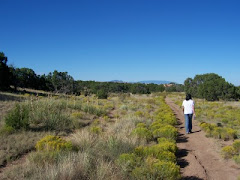
"Child as he was, he was desperate with hunger, and reckless with misery. He rose from the table; and advancing to the master, basin and spoon in hand, said: somewhat alarmed at his own temerity: 'Please, sir, I want some more.' The master was a fat, healthy man; but he turned very pale. He gazed in stupified astonishment on the small rebel for some seconds, and then clung for support to the copper. The assistants were paralysed with wonder; the boys with fear. " Charles Dickens
This is an excellent site for helping kids in their study of Charles Dickens.
Here are some vocabulary words we particularly enjoy from the book:
parochial
foundling
Beadle
gruel
forthwith
pauper
Some further thoughts: this is an excellent text in which to define and explore irony.
Does Dickens believe the end justifies the means?
What is the social burden of this novel? What does it have to say about class, poverty, wealth, labor, crime, the law?
What effect do acts of personal benevolence have on Oliver?
Who do you think are the most interesting characters in the novel? If your answer is Fagin, Sikes, and Nancy, then what do you make of that response?
What would it have been like to read this novel in parts? Does Dickens use the serial form to build suspense in his readers? If so, in what cases?
The last two questions come from this site, which asks many questions about the story as it related to The Pickwick Papers.
Illustration by the incomparable George Cruikshank.


















